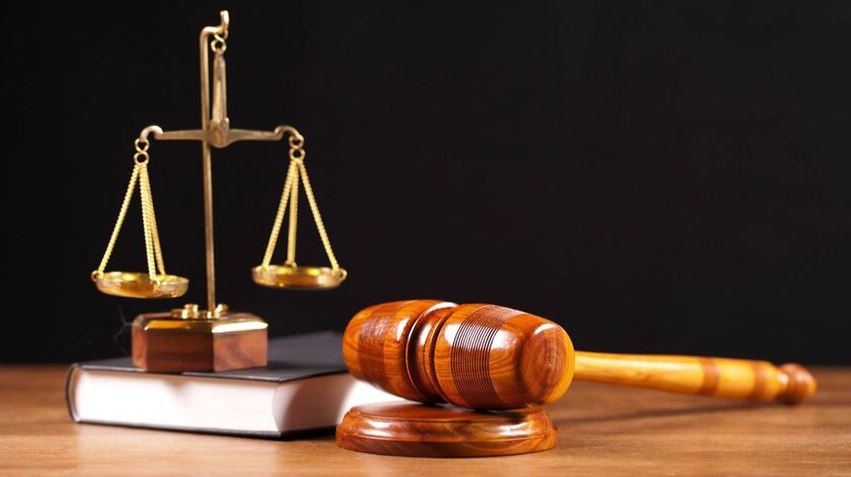
Introduction: The Indian judicial system is an intricate web of laws, courts, and procedures designed to uphold justice and resolve disputes in the country. As India continues to evolve and grow, so does the complexity of its legal landscape. For both citizens and businesses, understanding the structure and functioning of the Indian judicial system is essential in seeking redressal and ensuring fair resolution of disputes. In this blog, we will navigate through the Indian judicial system, exploring its hierarchy, key courts, and various methods of dispute resolution.
The Hierarchy of the Indian Judicial System: The Indian judicial system is organized into a multi-tiered hierarchy, comprising various courts with distinct jurisdictions. The hierarchy is divided into three main tiers:
- Supreme Court of India: At the apex of the judicial system is the Supreme Court. It is the highest court in the country and the final authority on interpreting the Constitution and settling legal disputes. The Supreme Court has both original and appellate jurisdiction and hears cases of national importance and constitutional significance.
- High Courts: Each state in India has its own High Court, which acts as the highest judicial authority in the state. High Courts have the power of judicial review over the lower courts within their respective jurisdictions. They hear appeals from lower courts and address significant legal matters.
- District Courts and Lower Courts: Below the High Courts are the District Courts, also known as subordinate or lower courts. They are present in every district and handle civil and criminal cases that fall within their territorial jurisdiction.
Types of Courts and Their Jurisdiction: The Indian judicial system comprises several types of courts, each with its specific jurisdiction:
- Civil Courts: Civil courts deal with non-criminal cases, including property disputes, contract breaches, family matters, and issues related to torts. They are primarily categorized into three tiers – district courts, civil courts at the sub-district level, and courts at the village level.
- Criminal Courts: Criminal courts handle cases related to offenses committed against the state or its citizens. They are responsible for conducting trials, ensuring justice for the victims, and upholding the rule of law. Like civil courts, criminal courts are organized at the district, sub-district, and village levels.
- Specialized Courts: India also has specialized courts to handle specific types of cases. Examples include family courts, consumer courts, labor courts, and commercial courts. These courts are designed to provide a focused approach to disputes falling within their domain.
Alternative Dispute Resolution (ADR) Mechanisms: Apart from traditional court litigation, India encourages the use of Alternative Dispute Resolution (ADR) methods to resolve conflicts quickly and amicably. ADR includes the following methods:
- Arbitration: In arbitration, parties appoint a neutral third-party arbitrator to hear their dispute and make a binding decision. It is less formal and more flexible than court litigation.
- Mediation: Mediation involves a mediator who facilitates negotiations between parties to reach a mutually agreeable solution. The mediator does not impose any decision; instead, they help parties communicate and understand each other’s perspectives.
- Conciliation: Conciliation is similar to mediation, but the conciliator plays a more active role in proposing solutions and assisting parties in reaching a resolution.
Conclusion: Understanding the Indian judicial system and its various facets is crucial for every citizen and business operating in India. By being aware of the hierarchy of courts, their jurisdictions, and alternative dispute resolution mechanisms, individuals can navigate the legal landscape more effectively and seek timely justice. While court litigation remains a critical part of the system, alternative methods of dispute resolution can provide quicker and less adversarial solutions. Ultimately, a fair and accessible judicial system is vital for upholding the rule of law and ensuring justice for all in India.
